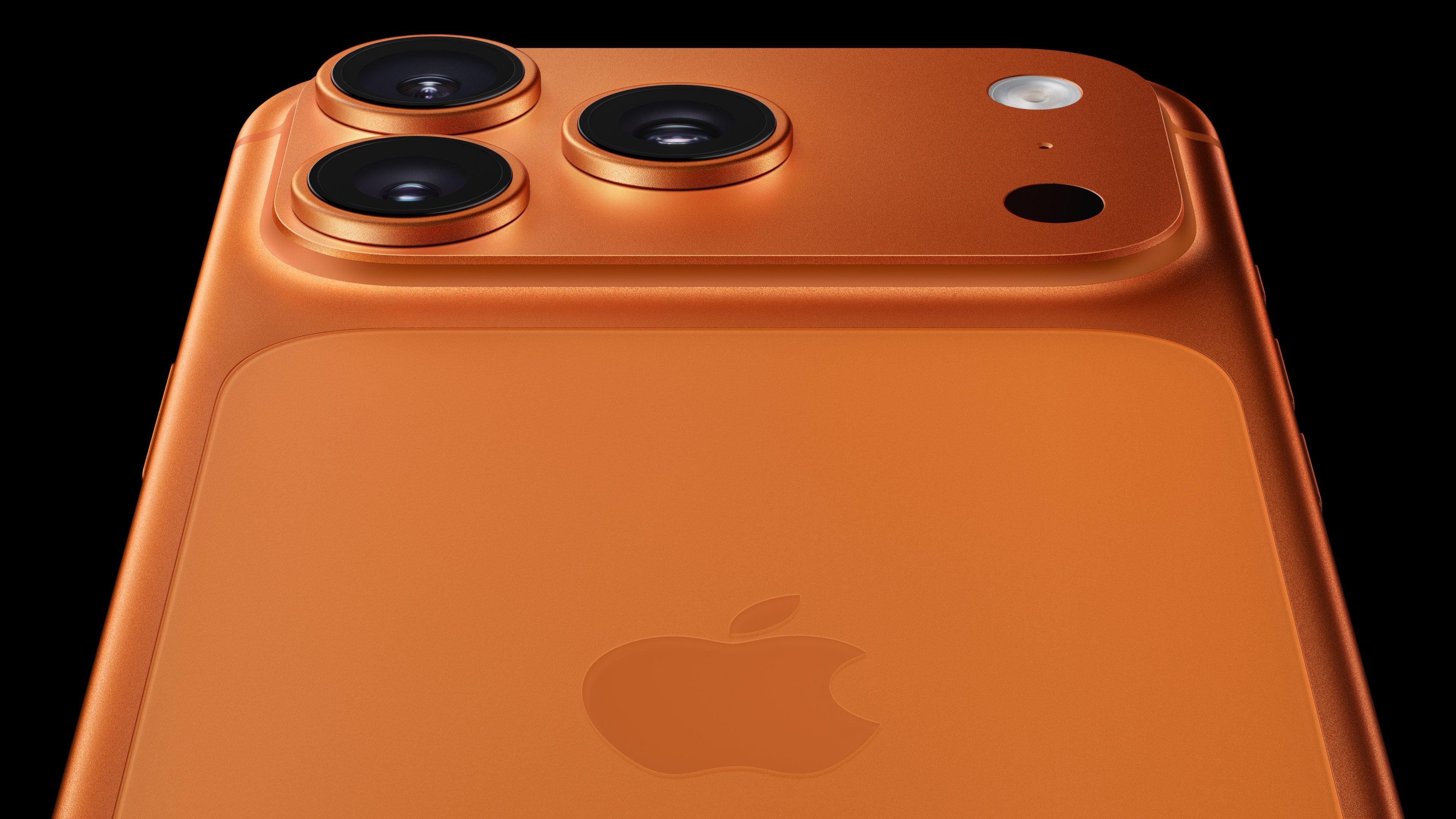It's time for Apple (AAPL 0.75%) to start an iPhone family. Instead of releasing one model per year, and moving older iPhones to successively lower price points, Apple is widely expected to launch multiple models later this year for the first time in the product's history.
Assuming that the iPhone maker releases a mid-range iPhone alongside a new flagship, what happens to the lineup?
The mid-range model that is being referred to casually as the "iPhone Lite" that's made out of polycarbonate is expected to price between $350 and $400 without carrier subsidies. That would give the device a better chance at penetrating emerging markets, particularly those that don't utilize the subsidy model. However, within subsidized markets, that retail price tag is less than the estimated $425 subsidy that Apple currently fetches, which implies that it would displace the iPhone 4 as the new free-on-contract iPhone.
If Apple were to still partially implement its previous strategy of moving older models down, it could then keep the iPhone 5 at the $100 subsidized price point, while the updated flagship "iPhone 5S" would start at $200 on contract. That seems to be the most logical strategy that covers all the relevant subsidized price points, which implies that Apple may discontinue the iPhone 4 and iPhone 4S.
|
Model |
Price On Contract |
|---|---|
|
iPhone Lite |
Free |
|
iPhone 5 |
$100 |
|
iPhone 5S |
$200 |
Possible iPhone lineup this fall.
There would be another marginal benefit to this lineup. All of these models would have four-inch displays, which would unify the product family, and solidify the transition to the larger screen size. That would help mitigate the layer of screen fragmentation that Apple introduced last year to iOS. The older 3.5-inch models would still be around, and Apple can't get rid of the older resolution so easily, but it would be a relatively quick shift. That would be despite the fact that Apple is expected to introduce an even larger iPhone model next year, but investors will cross that bridge when they come to it.
Demand for the iPhone 4 is proving to be surprisingly resilient, precisely because it's now free on contract where there's been pent-up demand. A new model at that price point would sell even better than a device released in 2010.






